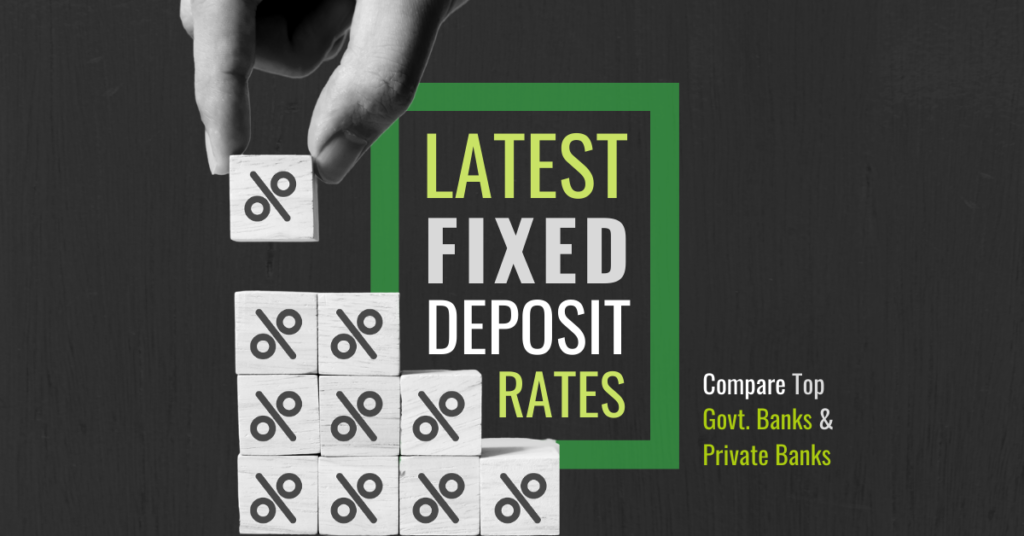WHETHER FIXED DEPOSIT RATES SHOULD BE CUT CITING LOW REVENUE DURING COVID TIMES: RUCHIR JOSHI

In the midst of the
Covid-19 pandemic, when unprecedented fear is prevailing around the globe, the
statement of the RBI Governor is valuable to recall - “tough times never last,
only tough people and tough institutions do.[1]”
The Covid-19 pandemic
and the ensuing lockdown has risked the economies of numerous nations. The
total shutdown of business organizations has prompted a dramatic
reduction in cash flow and this represents an enormous danger to banking
operations.[2]
To quiet the nerves of a stock exchange grasped by bears and to
help liquidity conditions in the economy, the RBI governor, Shaktikanta Das cut
key policy rates. This rate cut mediation by RBI has come after national banks
over the world reported rate slices to fight off a coronavirus-related
downturn. Despite the fact that this may alleviate the nerves of equity
investors and lessen EMIs for borrowers, this is simply more awful news for
fixed depositors.[3]
Impact of COVID-19 on Fixed Deposit Investors
The most recent rate cut is probably going to cause more hardship to
fixed deposits investors, particularly senior residents who are reliant on
interest income. Regardless of the RBI keeping key rates unaltered since
December 2019, significant banks have kept cutting loan costs on fixed stores.
The nation's biggest bank, State Bank of India (SBI), has reduced fixed deposit
rates.[4]
The SBI has announced that
interest rates on fixed deposits (FDs) with tenors up to three years will be
slashed by 20 bps (100 basis points/bps = 1 percent). The lower rates have come
into effect from May 12, 2020.[5]
Most importantly, the
bank has reduced FD rates for senior citizens for up to three years as well.
However, fixed deposits maturing in three years and up to five years and FDs
maturing in five years and up to ten years will continue to fetch the same
interest rate, that is, 6.2 per cent and 6.5 per cent, respectively.[6]
During an emergency like
the Covid-19 pandemic, savers are a dismissed part. In addition to the fact
that they save less during the emergency because of fall in their income, yet
they additionally lose their current investment funds quickly.[7]
It is pertinent to note that in
India, a bulk of the household savings is held in the form of bank deposits.
Interest rate risks are very high for all term deposits due for renewal. As the
RBI has overflowed the market with excess liquidity — close to ₹7 trillion in April 2020, banks couldn't care less for
depositors. Numerous commercial banks have already reduced their deposit rates
(both term and savings deposits) or potentially are nearly further decrease
going ahead. Real deposit rates have become negative for last several months.
As the RBI has made long-term provisions for liquidity through long-term repo
operations (LTROs) and two rounds of targeted LTROs (TLTROs) so far, depositors
have no hope for increase in deposit rates in the medium term.
The impact of this has severely
affected many senior citizens in India, who dominantly rely upon the interest
income and will confront more difficulty as it further decreases.
The Way Forward
The current strife in the
budgetary business sectors, emerging out of the Covid-19 pandemic, is probably
going to proceed for a more drawn out period than what was at first accepted.
As depositors are a significant partner in the economy, their assurance is
additionally vital in a troublesome time like Covid-19 emergency. The RBI
should devise approaches to safeguard depositors' interests. Some of the
recommendations as regards to this are:
-
Let the commercial banks freeze all deposit rates for new term deposits
at the January 2020 level for one year.
-
Any term deposit due for renewal between January 2020-January 2021
may be renewed at the old rate or the rate prevailing on the cut-off date,
whichever is higher.
-
Alternatively, all new and old deposits (due for renewal) during
the above period may be given a positive real return, at least 2 per cent above
the average CPI inflation rate of the previous corresponding period equal to
the tenor of deposits, or the old fixed rate, whichever is higher.
-
A flexible rate system that addresses their concerns is needed.[8]
[1] Vartika Rawat, Mannu
Arora, COVID-19 impact: RBI cuts repo rates by 75 bps to 4.4%, CRR by 100
bps and announces three-month moratorium on loan repayments, ECONOMIC TIMES
(Mar.27, 2020), https://cfo.economictimes.indiatimes.com/news/rbi-cuts-rates-by-75-basis-points-to-4-4-to-fight-coronavirus-downturn/74840816.
[2] Robin Bhowmik, How
banks will change post COVID-19, THE WEEK (Apr. 27, 2020), https://www.theweek.in/news/biz-tech/2020/04/27/opinion-how-banks-will-change-post-covid-19.html.
[3] Preeti Motani, COVID-19
impact: What RBI's emergency rate cut means for your loans, fixed deposit
investors, ECONOMIC TIMES (Mar. 27, 2020), https://economictimes.indiatimes.com/wealth/personal-finance-news/covid-19-impact-what-rbis-emergency-rate-cut-means-for-your-loans-fixed-deposit-investors/articleshow/74840553.cms?from=mdr.
[4] Id.
[5] SBI's new FD rates
come into effect, ECONOMIC TIMES (May. 18, 2020), https://economictimes.indiatimes.com/wealth/save/sbis-reduced-fd-rates-come-into-effect-from-today-check-the-latest-rates-here/articleshow/75693191.cms?from=mdr.
[6] Id.
[7] Barendra Kumar, Savers,
too, need Covid-19 financial relief, BUSINESS LINE (Apr. 30, 2020), https://www.thehindubusinessline.com/opinion/savers-too-need-covid-19-financial-relief/article31471007.ece.
[8] Id.

Comments
Post a Comment